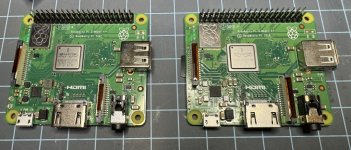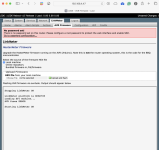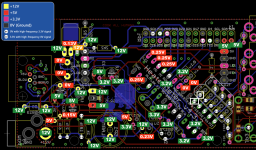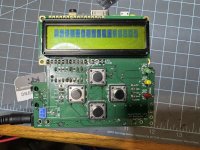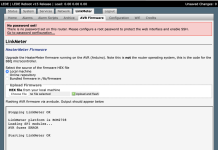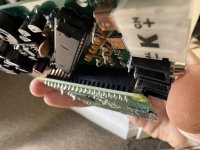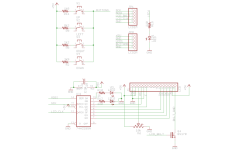Michael Kennedy
New member
Hello - long time lurker and admirer of all the expertise on this forum. Built my HM 8 yrs ago; the advice/guidance has been invaluable, with hundreds of BBQ-satisfied family & friends served.Thank you!
Am hoping someone can help with what I think is a hardware-related network issue. I’ve read the various threads related to troubleshooting network connectivity. This feels a bit different.
I have a 4.3.3 build with RPi 3A+. Although the unit has worked flawlessly for 8 years, now it will not establish a wifi or wired connection with my router. The LCD screen no longer displays the “Network Connection” option, only pit temp > Manual fan > Reset config?
The unit powers up just fine. Nothing changed on the network settings prior to this issue.
Additional troubleshooting options I’ve tried:
- Complete SD erase/reformat, ensure only 1 partition, re-flash with v15 HM software. Nope.
- Tried connecting directly to HM via RPi USB -> RJ45. No luck. Tested USB-RJ45 adapter alone with RPi/Raspbian OS card and it connected just fine. In this config RPi connects to WiFi normally.
- Tried connecting HM to laptop via ethernet cable/USB adapter. Nothing.
- I even tried a different RPI 3A+ in case it was something obscure that I was missing. Nope.
Just prior to its demise - during its final cook - I did notice some odd, intermittent connectivity issues. The unit would go offline for a bit (showed up on hm.com/devices but had an error). A minute or so later it would come back online.
This would seem to suggest a HM hardware issue. It’s had ~ 8 years of hard living ; ) Pics of the board attached. I did a thorough scrub of all solder points with 99% isopropyl in case some old flux/goo was the issue.
Are there particular Tx/Rx PCB pins I should double check or re-solder? I’d hate to have this ol’ gal give up the ghost.
Thank you in advance!
Mike
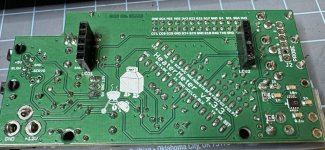
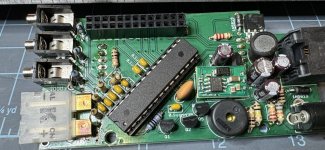
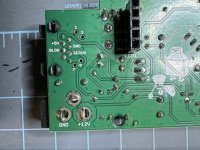
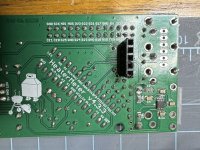
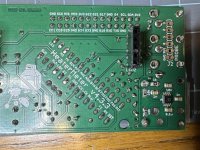
Am hoping someone can help with what I think is a hardware-related network issue. I’ve read the various threads related to troubleshooting network connectivity. This feels a bit different.
I have a 4.3.3 build with RPi 3A+. Although the unit has worked flawlessly for 8 years, now it will not establish a wifi or wired connection with my router. The LCD screen no longer displays the “Network Connection” option, only pit temp > Manual fan > Reset config?
The unit powers up just fine. Nothing changed on the network settings prior to this issue.
Additional troubleshooting options I’ve tried:
- Complete SD erase/reformat, ensure only 1 partition, re-flash with v15 HM software. Nope.
- Tried connecting directly to HM via RPi USB -> RJ45. No luck. Tested USB-RJ45 adapter alone with RPi/Raspbian OS card and it connected just fine. In this config RPi connects to WiFi normally.
- Tried connecting HM to laptop via ethernet cable/USB adapter. Nothing.
- I even tried a different RPI 3A+ in case it was something obscure that I was missing. Nope.
Just prior to its demise - during its final cook - I did notice some odd, intermittent connectivity issues. The unit would go offline for a bit (showed up on hm.com/devices but had an error). A minute or so later it would come back online.
This would seem to suggest a HM hardware issue. It’s had ~ 8 years of hard living ; ) Pics of the board attached. I did a thorough scrub of all solder points with 99% isopropyl in case some old flux/goo was the issue.
Are there particular Tx/Rx PCB pins I should double check or re-solder? I’d hate to have this ol’ gal give up the ghost.
Thank you in advance!
Mike






